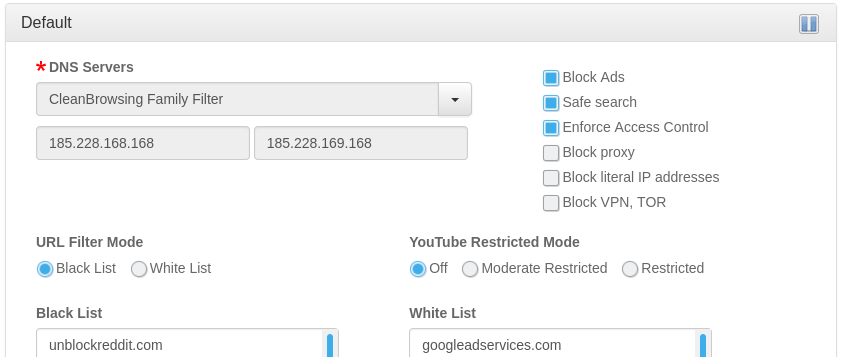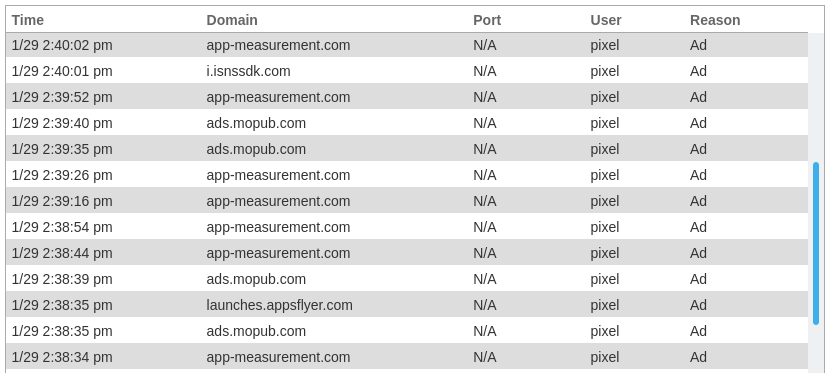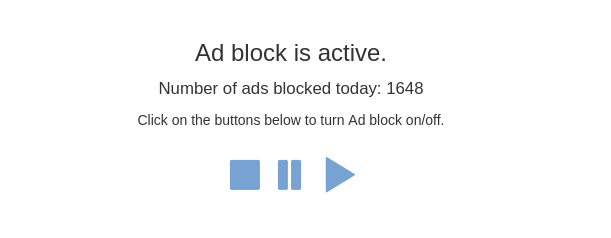-
Use OpenDNS for Ad Blocking?
A lot of people use OpenDNS on their home networks to block contents that might be harmful to children. Some were asking whether OpenDNS can add a filtering category to block unwanted ads.
The answer from OpenDNS was no, and for good reason. As a result, if you want to use a DNS service to block ads, you have to use a different service.
If OpenDNS Doesn’t Do It, Who Does?
If you want to use a DNS service for ad blocking, there are at least two available.
- AdGuard DNS
AdGuard DNS is free. It has three different filters:- The “Default” filter, which blocks Ads
- The “Family protection” filter, which blocks Ads, and contents that are not child safe.
- The “Non-filtering” service, which does not block anything.
- NextDNS
NextDNS provides filtering for various categories, including ad blocks and blocks for adult contents. After you sign up for an account, you can create multiple configurations and set filtering rules for each one.
The basic service is free but has a limit of 300,000 queries per months. After the quota is exceeded, NextDNS will disable the filtering until the next month. Which literally means that if you want to use NextDNS you have to become a paying customer. The monthly charge is $1.99.
So What Was the Good Reason?
With that aside lets come back to the reasons why OpenDNS does not want to add Ad Blocking to their service. The main reasons offered by OpenDNS are:
- Blocking ad domains breaks some web pages.
- Blocking ad domains at the DNS level can have adverse affects on browsing behavior and speed.
- If you make any changes to the blocking, DNS caches still must be flushed in order for those changes to become apparent.
As a consequence, OpenDNS suggested that one should do ad blocking locally, not via a service in the cloud. I agree with that stance in general.
In a hypothetical situation, if a web page doesn’t load, or some web form cannot be submitted, how do you find out what’s wrong? Is it because the web page is broken, or because some domains needed by the page are blocked as ad?
If it’s a shopping site, would you call the website’s customer service? But if the real cause is ad blocking, then customer service won’t be able to help you at all. Michael Horowitz documented a few interesting real life examples on his website.
How the pcWRT Router Helps
The pcWRT router blocks ads locally. And you can enable it with a single click.

In case something goes wrong, you can take a look at the Internet logs to see which domains have been blocked (for your device) for what reason. If a domain has been identified as ad, the block reason will be Ad.

If a domain is mistakenly blocked as Ad, or if you need regular access to a domain that is normally considered an ad domain (e.g., analytics.google.com), you can add it to the white list to bypass ad blocking.
But it would still be a big hassle if you have to look at the logs and mess with white listing every time ad blocking breaks a web page. That’s why we provided an ad blocking control page to let you pause or suspend it when needed. And you don’t have to log in the router to do it.
When you pause ad blocking, it is paused for 15 minutes, and will be automatically re-enabled after the timer expires. The best part is, even though ad blocking is enabled network wide, ad block pausing/suspension is per user. I.e., when one user pauses ad blocking for 15 minutes, other users on the same network still have ad blocking active.

- AdGuard DNS







